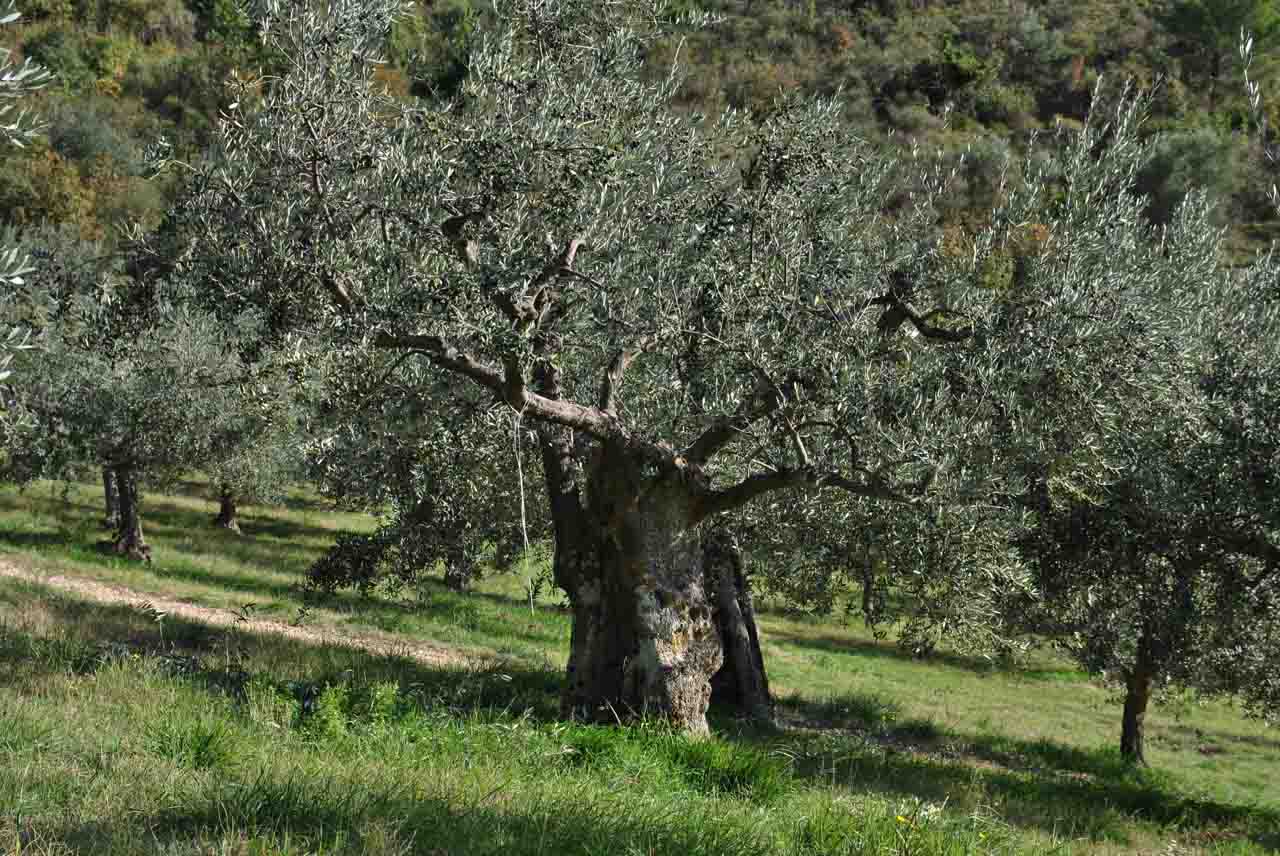The Globally Important Agricultural Heritage Systems (GIAHS) established by the Food and Agriculture Organization (FAO) of the United Nations, aims at identifying worldwide sites characterized by the presence of agricultural, pastoral and forestry systems, created and managed over time by farmers and shepherds, through traditional practices adapted to the surrounding environment. GIAHS are remarkable land use systems and landscapes which are rich in globally significant biological diversity evolving from the co-adaptation of a community with its environment and its needs and aspirations for sustainable development. The aim of the Programme is to identify and safeguard farmers and agricultural landscapes that have survived using traditional techniques and are still providing many ecosystem services. These systems are based on a huge agrobiodiversity, ancestral knowledge transmitted through generations, and strong cultural and social values. However, the aim is not only the preservation of these agricultural heritage systems, but to apply the principles of dynamic conservation in order to promote sustainable development, with direct and indirect benefits for local communities. Furthermore, food production practices associated to the quality of landscape and tourism, may represent a fundamental added value for the competitiveness of many rural areas not suited for industrial agriculture. This approach intends to contribute to a new vision for the future of the planet, integrating human society and the environment according to the Sustainable Development Goals (SDGs).
Today the FAO GIAHS Programme includes more than 60 sites across the world and is the largest world programme dedicated to the protection of agricultural heritage.







